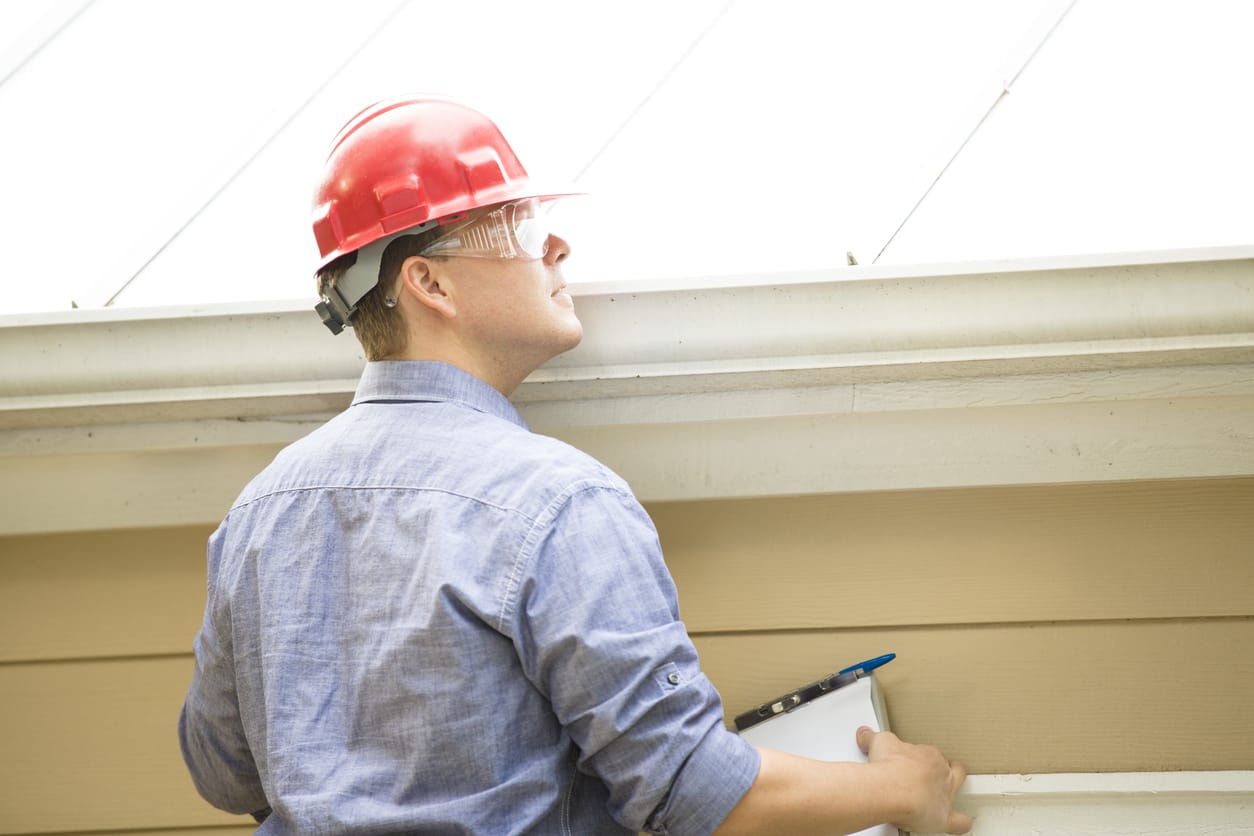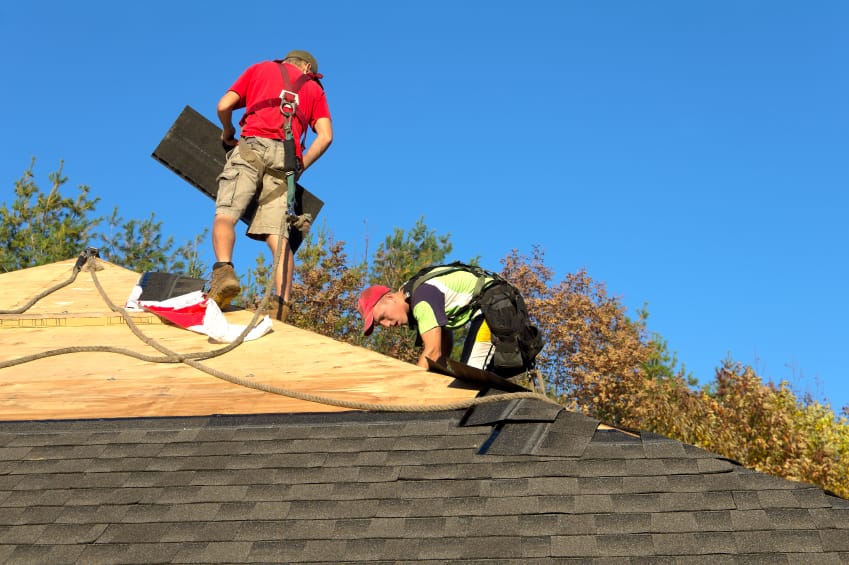7 Simple Tips For Filing A Roof Insurance Claim
One of the most stressful things for a homeowner is successfully filing a roof insurance claim. There are many things to consider, so here are 7 simple tips to help.

If the worst has happened to your roof, then it’ll feel as though everything has gone wrong. As stressful as it is, you can make it easier by filing a roof insurance claim to help with the cost of fixing it.
How do you go about making that claim? Here are some tips that will make the process as painless as possible.
1. Maintain Your Roof
You don’t want to think about anything bad happening to your roof, but as the saying goes, prevention is better than cure. If you’re taking good care of your roof, then you’re going to prevent a lot of common issues that often lead to a roof insurance claim.
You don’t need to do much, or spend much time doing this. Clear out your gutters to avoid water overflow, replace missing or broken shingles, and keep an eye out for possible issues with your roof.
The sooner you correct these, the better condition your roof will be in. This will help you when it comes to claiming, as inspectors will see that you’ve taken good care of your roof and so will be more willing to pay out.
What should you be looking out for? Use the following checklist to keep an eye on your roof and get emergency repairs before they become bigger issues.
- Missing or broken shingles
- Leaks inside the house
- Water spots on your ceilings
- Dents on metal roofing, and on such items such as air conditioning units
- Light spots inside your attic
2. File Your Roof Insurance Claim As Soon As Possible
If something has happened to your roof, don’t wait to see what happens next. Make that claim as soon as you can.
If damage is left for a long time, then additional damage can occur.
For example, if you have a hole in your roof, then water will get inside and start damaging the timbers.
The sooner you make a roof insurance claim, the sooner that you can get the damage repaired and avoid any other damage from happening to your roof.
3. Keep The Age Of Your Roof In Mind
When insuring your home, you’ll need to remember that the age of your roof will affect the payout you get.
This is because when most roofs reach 20 years of age, you’ll see that they often need replacing at that point. Insurers will often pay you the depreciated value of the roof if they need to pay out, so you’ll need to keep that in mind when you’re claiming.
Depending on the type of roof material that you have, the lifespan of your roof will differ.
4. Remember Some Events Are Unavoidable
As mentioned earlier, you’ll need to take good care of your roof to ensure that you get the payout you need if something goes wrong.
Remember though, sometimes you’re just in control of what happens. For example, if a heavy hailstorm happens and damages your roof, there’s nothing you could have done to avoid that.
Because of that, you shouldn’t have any problems getting your claim approved. If it was a natural occurrence, then you aren’t to blame, so don’t worry.
5. Be Clear On What Your Policy Covers
When you take out an insurance policy on your home, make sure you know what it covers.
Policies are all different, and they’ll cover different things depending on what you’re paying.
Ensure you’re buying a policy that will cover your roof properly if you need to ever need to file a roof insurance claim for it.
You don’t want to find damage on your roof, only to find out that your insurance won’t pay for it.
6. Take Pictures
When you’re claiming for damage, you’ll need to provide evidence that the roof is actually damaged.
Your insurers will often send out someone to inspect it, but you’ll also need to take your own pictures to send to them. Be extensive, and take pictures of everything.
Remember, it’s not just the roof itself that will have sustained damage. For example, the gutters may have sustained damage too.
You’ll also need evidence of what’s caused the damage, or the results of the damage.
If there was a storm for example, you’ll need evidence of fallen branches on the roof. Photos of increased energy bills are often a good piece of evidence too.
7. Hire A Roofing Contractor
You’ll need to hire a roofing contractor to help you show the insurance company what damage has happened to your roof.
They will come and inspect the roof themselves, and take notes on what they see.
It’s important to bring them in, as the experts they’ll spot damage that you didn’t see first time. They’ll then get together with your insurers to show them what work needs to be done to put your roof back to normal.
When picking a roofing contractor, be sure you’re picking someone who has your best interests at heart. If there are storms in your area, you may find that there are ‘storm chasers‘ that have moved in.
They follow storms across the country looking for work, and usually aren’t reputable.
These aren’t advisable as they’ll be looking out for the insurer’s interests, rather than yours. You want a roofer that has your specific needs at heart.
What Happens When The Insurer Says ‘Yes’
If all goes well, you should have your roof insurance claim approved by your insurers. Once that happens, you’ll be paid the money you need in two parts.
You’ll get an initial check in order to get contractors on board and get started on repairing your roof.
Once the contractors have finished, they will get in contact with the insurers to let them know. They’ll then release the rest of the money owed to you, to pay for the work.
Now you know how to get in touch with your insurers, and increase your chances of getting your claim approved.
Take good care of your roof, and you’ll be prepared in case the worst happens to your home. Take photos when there is damage, and hire a reputable roofer to take care of the inspections and repair.


